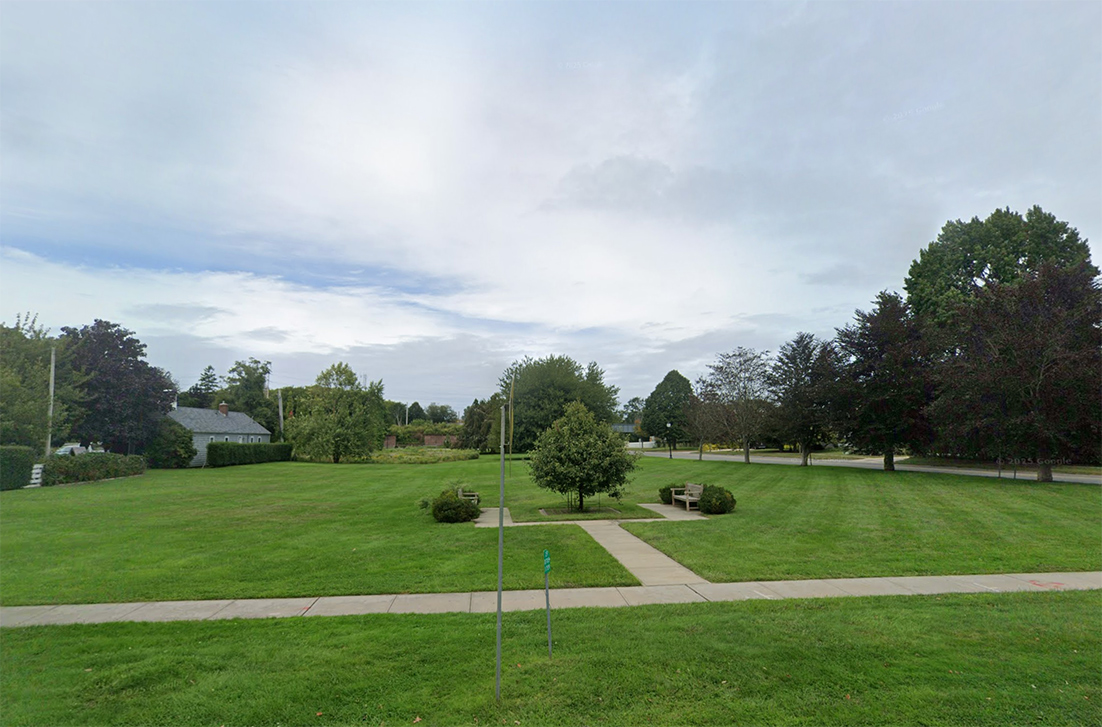Has this scenario happened to you? You toil throughout the early spring seeding and fertilizing your lawn and start to reap the benefits of this hard work when the thick, green grass fills in. Your curb appeal peaks and your landscape is picture-perfect.
Enter the harsh weather of summer and a long stretch of little to no rain. With reservoirs showing depleting water levels, drought restrictions are issued in your neighborhood, and you are mandated to greatly reduce water usage and perhaps even cease watering the lawn. Is this the end of that great, green carpet of grass?
On the surface it may seem like keeping a lawn healthy during watering restrictions is a losing battle. After all, grass needs water to thrive. However, there are some things homeowners can do to prolong the life of their lawns until restrictions are lifted.
Mow Less Often: Tall grass can shade the soil and its delicate roots, helping to avoid even further evaporation of what precious water the lawn is getting. Space out mowing to every other week or even every two weeks, particularly if you notice the grass is growing more slowly due to less watering. Mowing stresses a lawn, and the grass is already stressed from lack of water. Mowing less frequently can help.
Water Early On: Maximize the benefits of any irrigation system by watering during the early morning hours, or between 2 and 9 a.m. This is when wind speeds are usually lower and evaporation from wind and sun is less likely to occur. Keep in mind that watering restrictions may specify which hours and days you are allowed to water.
Change Your Grass: Certain species of grass are more resilient in drought conditions. According to Scotts, Bermuda, Zoysia, St. Augustine, Bahia and Buffalo grasses are more drought-tolerant than others in southern climates. Drought-resistant grasses for northern climates include Tall Fescue and Kentucky Bluegrass. You may consider switching to one of these types if drought and water restrictions in your area have become more common in recent years.
Utilize Grass Clippings: Lack of water can contribute to higher soil temperatures, which affects soil organic matter, says The Grass Outlet. Grass clippings left on the lawn can reduce soil temperature, increase infiltration of water into the soil and improve the lawn’s ability to store water. Be sure to evenly distribute the clippings so they don’t clump and choke the grass.
Consider an Amendment: Hydretain is a soil moisture manager that its producer attests can extend watering intervals for grass, trees, shrubs and plants by as much as two to three times. It also is supposed to minimize drought stress and help lower water usage, and thus avoid watering restriction fines. The product’s hygroscopic and humectant components attach to plant root hairs, drawing moisture vapor from the soil and turning that vapor into droplets.
A proactive approach can help individuals protect their lawns when water restrictions are in place.
-Metro Creative Connection






















